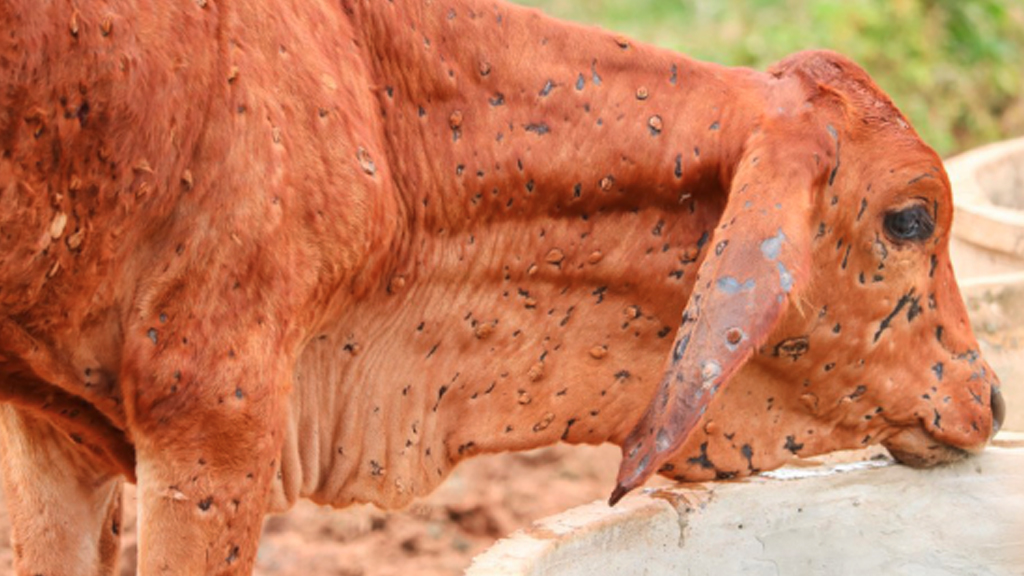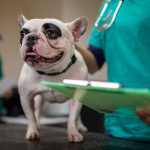There are several diseases that are spreading among animals today. Recent research has shown that the widespread development of the disease known as Lumpy Disease is having a severe negative impact on cattle. The majority of the time, it is found in cows and has killed some number of livestock in recent months. Infected herds suffer enormous losses as a result of the disease, which has economic ramifications. The financial effects of an LSD outbreak are exacerbated by the fact that it prevents access for impacted nations to profitable export markets. The primary thing that can be learned from the present LSD pandemic in Europe is to be cautious of new diseases.
There have been numerous instances of lumpy sickness in cattle due to various factors. Listed below are a few of the reasons why:
- Biting insects are the main source of Lumpy Skin Disease transmission.
- Insects like mosquitoes, biting flies, and perhaps ticks are to blame for the virus’s mechanical transmission into cattle.
- It can also get transmitted through direct contact with other animals’ secretions and excretions.
- Today, animals are exposed to a wide range of diseases. Due to the widespread of the ailment known as Lumpy Disease, it has recently been discovered that cattle are suffering greatly.
- Contaminated feed, water, vehicles, play a major role in the spreading of the disease.
- The repeated utilization of needles on different animals can lead to disease in cattle.
- Lumpy skin disease may also be detected in milk from sick animals as well as semen.
Now let us pose a look at the various symptoms that lead resulting in lumpy disease in cows:
- The first signs that are noticed in cattle are fever, dullness and distinctive nodules.
- Cows’ skin nodules can grow up to 50mm in diameter and develop on their limbs, genitalia, necks, and heads.
- Additionally, the udder, scrotum, or perineum may be affected.
- The nodules’ risk of necrosis and ulceration is likewise exacerbated by the flystrike risk.
- Scabs form in the center of the nodules, leaving huge holes that could later get infected.
- In addition to the brisket, genitalia and limbs can also swell. In addition to being unable to move, they also have trouble eating.
- There has been a significant decrease in cattle milk production.
- Necrotic lesions in the digestive and respiratory tracts have been known to appear in animals that have been badly impacted.
- The 10% of the herd’s infected cattle may have a moderate or fatal illness, depending on the individual.
- Hence, utmost care should be taken, and immediate actions must be taken as soon as any of the above symptoms are seen in the cattle.
Though the disease is scary, it still can be cured and healed through the right medication and guidance. If you are looking for a right portal to solve all your cattle-related issues, Vetina is here to help. Vetina aids in your cattle with a few medications such as Vetixin, Gentavet, Ventaflox supporting MTB Bolus, Hepavet liver tonic, and Smartmix H which will help to save the lives of your beloved cattle and also help in preventing the cows from any kind of infection in future.





